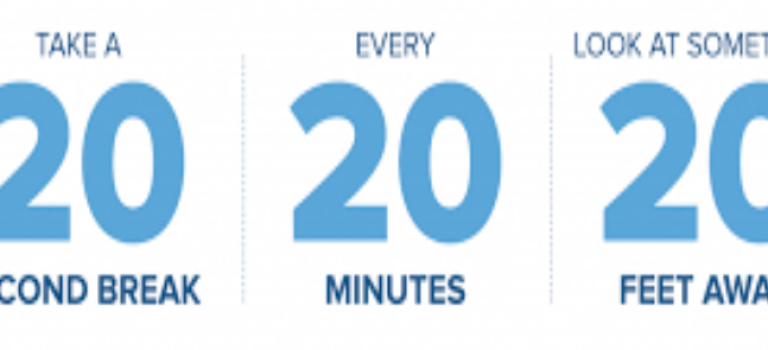Why Does Your Eye Power Change? Causes and Solutions
Why Does Your Eye Power Change?
Have you ever wondered why your eye power keeps changing? Whether it’s due to aging, prolonged screen time, or
genetics, vision changes are common but often misunderstood. In this article, we’ll break down the real reasons
behind fluctuating eyesight and share practical tips to maintain stable vision.
Understanding Eye Power & Common Vision Changes
What is Eye Power
Your eye power refers to your refractive error, which determines how light focuses on your retina. If light doesn’t focus properly, you may experience blurry vision. The most common refractive errors include:
⦁ Myopia (Nearsightedness): Difficulty seeing distant objects clearly.
⦁ Hyperopia (Farsightedness): Difficulty seeing close objects clearly.
⦁ Astigmatism: Blurry vision caused by an irregularly shaped cornea.
Top Causes of Eye Power Changes: Age, Health & Lifestyle Factors
1. Age-Related Changes
⦁ Presbyopia (difficulty focusing on close objects) usually begins around age 40.
⦁ The eye’s natural lens loses flexibility over time, affecting vision.
2. Changes in the Shape of the Eye
⦁ Myopia progression: The eyeball elongates, causing nearsightedness.
⦁ Hyperopia development: The eye may become more rounded, leading to farsightedness.
3. Health Conditions That Impact Vision
⦁ Diabetes: Fluctuating blood sugar levels can alter the shape of the lens, causing temporary blurry vision.
⦁ Hypertension: Can affect blood vessels in the eyes, leading to vision changes.
4. Prescription Changes Over Time
⦁ Even with corrective lenses, prescriptions can change due to the natural progression of refractive errors.
5. Hormonal Fluctuations
⦁ Pregnancy and hormonal changes can temporarily affect vision.
6. Environmental Factors & Lifestyle Habits
⦁ Excessive screen time, poor lighting, and digital eye strain can cause temporary vision changes.
⦁ UV exposure without proper eye protection may accelerate eye damage







How to Maintain Stable Vision & Protect Eye Health
✅Schedule regular eye exams—Children should be tested
at birth, 6 months, before school, and throughout their school
years. Adults should have an eye check-up every 1-2 years,
or annually if they have conditions like diabetes or eye
diseases.
✅ Follow the 20-20-20 Rule—Every 20 minutes, take a 20-second break to look at something 20 feet away to
reduce digital eye strain.
✅ Wear UV-protective sunglasses to prevent long-term damage from sunlight exposure.
✅ Maintain a healthy diet rich in omega-3 fatty acids, leafy greens, and vitamin A to support eye health.
✅ Stay hydrated to prevent dry eyes and maintain moisture balance.
✅ Avoid smoking, which increases the risk of cataracts and macular degeneration.
Final Thoughts
Your vision is constantly evolving, and regular eye exams are crucial for detecting early signs of vision changes. If you’ve noticed fluctuations in your eyesight, don’t ignore them—book an eye exam with CODE Eye Care today!
References
1. Charman W. N. (2008). The eye in focus: accommodation and presbyopia. Clinical & experimental optometry, 91(3), 207–225. Full article: The eye in focus: accommodation and presbyopia
2. Flanagan, J., Fricke, T., Morjaria, P., & Yasmin, S. (2019). Myopia: a growing epidemic. Community eye health, 32(105), 9.Myopia: a growing epidemic – PMC
3. Joseph, S., Krishnan, T., Ravindran, R. D., Maraini, G., Camparini, M., Chakravarthy, U., Ravilla, T. D., Hutchings, A., & Fletcher, A. E. (2018).Prevalence and risk factors for myopia and other refractive errors in an adult population in southern India.
4.Coles‐ Brennan, C., Sulley, A., & Young, G. (2019). Management of digital eye strain. Clinical and Experimental Optometry, 102(1), 18–29. https://doi.org/10.1111/cxo.1279
Experience The

